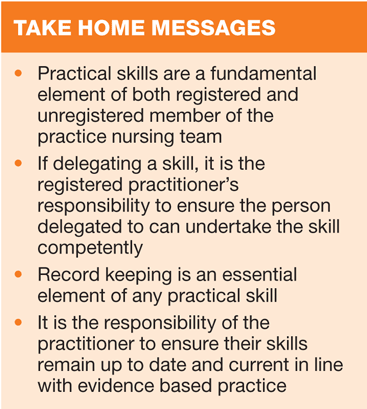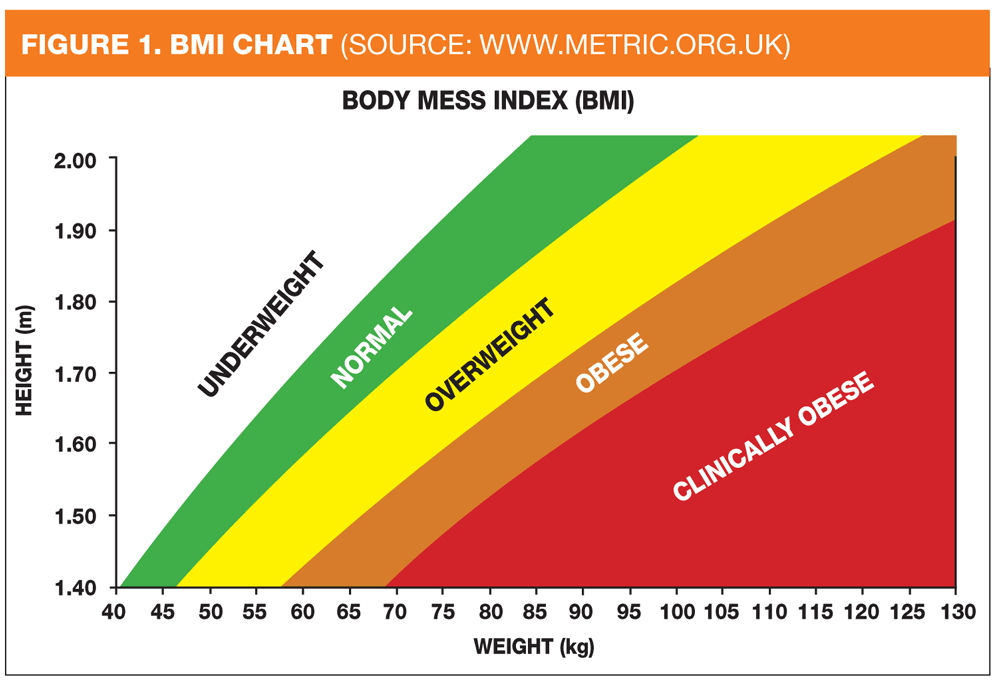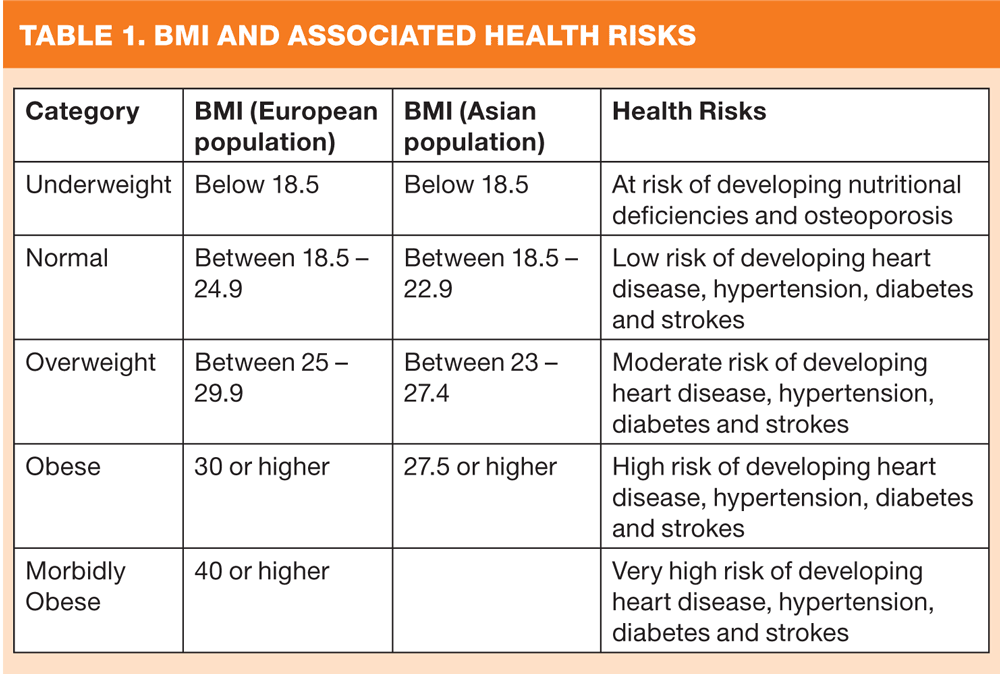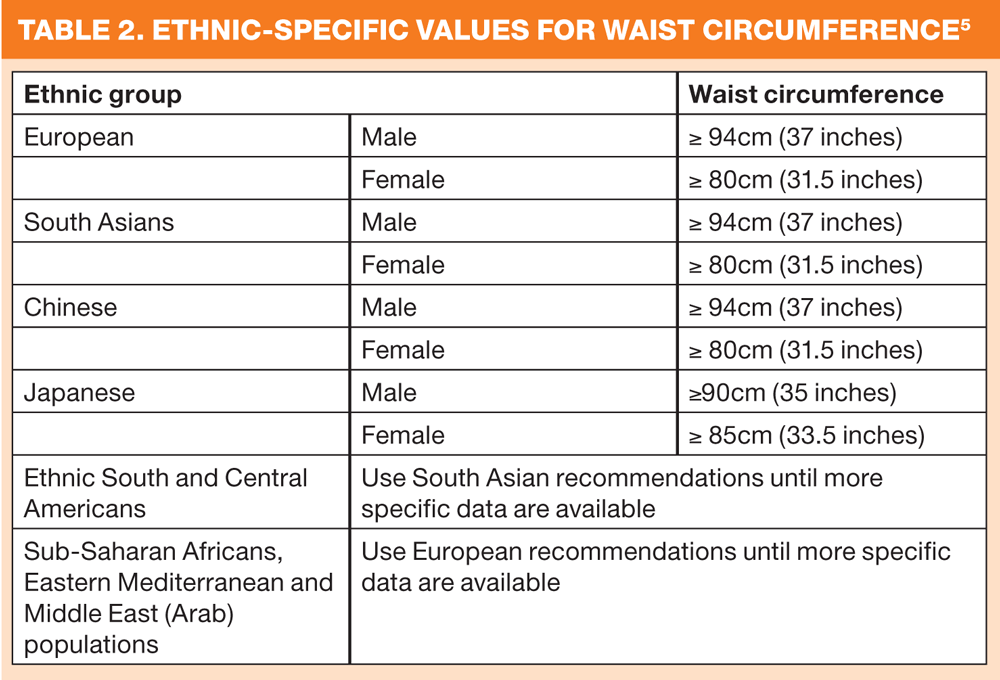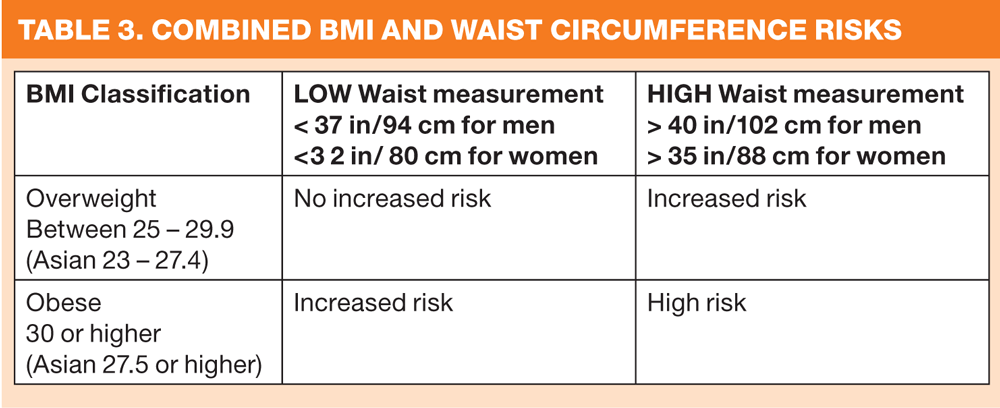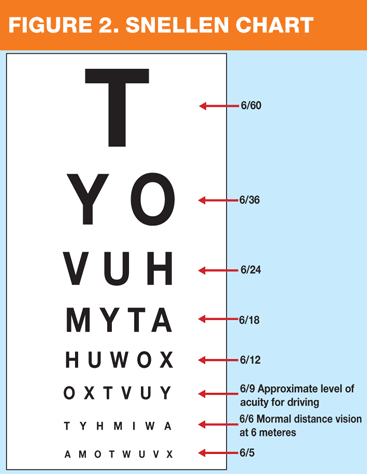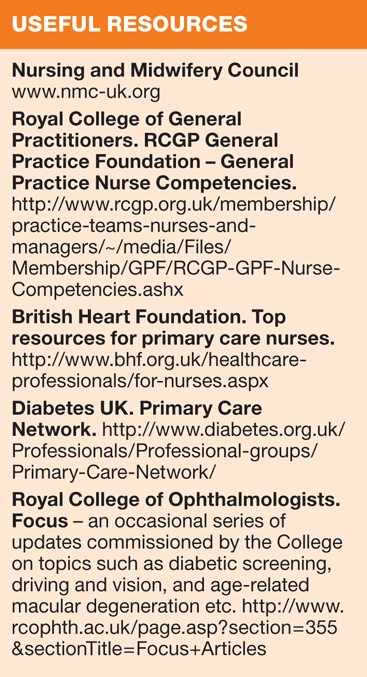Practical Skills in Primary Care Part 1
Stephanie Garner
Stephanie Garner
RGN, BSc Nurse Practitioner
MSt (Cantab) Primary and Community Care, Independent/Supplementary Prescriber
Advanced Nurse Practitioner, Wisbech, Cambridgeshire
In the first of a two-part series, we look at the essential tasks that practice nurses, and increasingly, healthcare assistants are expected to be able to undertake in general practice. Part one – measuring BMI and waist circumference and monitoring blood glucose
Practical clinical measuring and monitoring skills are a fundamental component of the practice nursing role, and practice nurses develop these skills from early in their career. Chronic disease management, health promotion and minor illness and injury management all rely on the ability to perform these routine tasks to a high standard.
In the ever changing world of healthcare, traditional boundaries are becoming blurred, and at times it may be appropriate to delegate some of these tasks to unregistered members of the primary care team, such as health care assistants (HCAs), student nurses and medical students on placements.
HCAs are trained in a particular role, and provide a valuable service to primary care by undertaking a variety of practical clinical skills that should be assessed for competency against evidence-based protocols. However, while HCAs are trained members of the team, they do not have a professional qualification nor are they registered or regulated by a professional body such as the Nursing and Midwifery Council (NMC).
HCAs undertake simple clinical procedures that have been delegated either by the GP or a registered nurse (RN), who must ensure that the principles of delegation are adhered to. The overarching feature of delegation is that the individual doing the delegating must be satisfied that the person they are delegating to is competent to complete the task they are being asked to perform to an acceptable standard.
Healthcare assistants are accountable for their own actions, but should only undertake tasks in which they have been trained and assessed as competent. This differs from students in that, although they are responsible for their actions, accountability for them remains with the registered practitioner who has delegated that task to them, and who should be providing continuous clinical supervision either directly or indirectly, depending on the student’s experience.1
All members of staff have a duty to provide evidence based care using the current recommended practice. This article is the first part of two and aims to provide an update for use by all trained staff regardless of their registration status, and will cover the techniques of performing BMI calculations, waist circumference measurements, visual acuity and blood glucose monitoring. The skills of venepuncture, blood pressure monitoring and taking an ECG will be covered in part two.
GENERAL PRINCIPLES
Privacy and dignity
Whenever clinical measuring or monitoring are taking place it is essential that the patient’s comfort, privacy and dignity are maintained.2 The patient may be embarrassed or self-conscious and consideration should be paid to this at all times.
Informed Consent
While considering the principles of capacity and competence, it is vital to ensure informed consent has been gained prior to any procedure being undertaken.2 The patient should be advised why the procedure is necessary, what it involves, any potential effects from the procedure and how the results will be used or explained to them. The patient should, without exception, be given the chance to ask any questions and a record of their consent should be documented
Infection Prevention and Control (IPaC)
Before undertaking any clinical procedure ensure you are aware of your local relevant IPaC protocols and policies. Use appropriate personal protective equipment (PPE), hand washing procedures and correct disposal systems.
MEASURING OF BODY MASS INDEX (BMI)
The concept of Body Mass Index is simply a ratio of weight to height. It was originally developed in 1832 by Adolphe Quetelet, purely to look at the growth of man. In 1995 it was adopted by the World Health Organization (WHO) and recognised as a quick and easy way to determine levels of obesity or underweight.
The measurement requires accurate calculations of weight and height using devices that are calibrated according to the manufacturer’s recommendations and using these in a formula to calculate the BMI.
Weight and height measurements are not used exclusively for BMI calculations and the same process should be followed regardless of reason.
Weight Measurements
While maintaining the patient’s privacy and dignity patients should be weighed in one layer of clothes without outdoor clothing or footwear. Remember that if a patient has a catheter or stoma in situ these should be emptied before the weight measurement is taken. Other factors to consider would be the oedematous patient, remembering that weight trends are used to monitor oedema and the effectiveness of diuretic medications, or if the patient is wearing a non-removable cast, brace or metalwork. Any factors that may influence the measurements should be clearly documented in the patient’s record.3
Height measurements
Height should be measured using a stadiometer with footwear and headwear removed. The feet should be together and flat on the floor or base plate, the heels should be correctly positioned for the device being used. The back should be straight with the arms hanging loosely to the sides and the patient should be asked to face forwards. To ensure accuracy, the measuring device arm should be horizontal to the floor when the measurement is taken.
Once the weight and height measurements have been recorded the BMI can be calculated. Most computerised patient record systems have a programme to make the calculation but the BMI can be calculated manually using the BMI formula below or by using a BMI chart (box 1). Depending on the results, the patient can be signposted to the most appropriate service.
Mass (kg)
BMI = --------------
Height (m2)
Example: 35 year old Billy Bloggs weighs 84kg and is 1.75m tall
84
BMI = ----------- = 27.45 = Overweight
3.06
Advantages and limitations of using BMI
The advantages of calculating BMI are that it is cheap, it is quick, and on the whole, it gives a reasonable measure that can be useful for assessing obesity and its corresponding cardiovascular and type 2 diabetes risk. However, it does have its limitations, and while adjustments have been made for the Asian population due to their known higher proportion of body fat to muscle, (Table 1) it does not consider individual body fat distribution or where the body fat is stored, thus a patient with lean body mass such as an athlete could have a BMI in the obesity range.
The above formula and charts can also only be used in the adult population; children and adolescents under the age of 18 should be assessed using specific paediatric resources.
WAIST CIRCUMFERENCE MEASUREMENTS
Measuring the waist circumference identifies those who may benefit from initiating weight management strategies and again reflects coronary risk but related to both being overweight and central fat distribution. People who carry too much weight around their middle have a greater risk of developing coronary heart disease, high blood pressure and diabetes.4
Waist circumference should be measured using the following process: with the patient standing erect with relaxed abdominal muscles, measure just above the top of the iliac crest (hip bone) with the tape measure positioned horizontally to the floor irrespective of the location of the umbilicus, above or below the tape. It should be noted that the waist circumference is not usually the same as the belt size.
Healthy waist measurements are below 94 cm (37 inches) for men and 80 cm (31.5 inches) for women, indicating a low risk of disease including type 2 daibetes, heart disease, and some cancers (breast, colon and endometrial). (See box 3 for other ethnic groups)
The greatest health risks are associated with waist measurements greater than 102cm (40 inches) for men and 88cm (35 inches) for women.5
A combination of both a raised BMI and waist circumference measurement increases cardiovascular and diabetes risks (see box 4), hence using both the BMI and waist measurements give a much more accurate predictor of risk and in combination with other lifestyle risk factors, allows tailored health promotion advice to be given to the patient.
Accurate documentation is essential with all clinical skills as ongoing assessment and evaluation is dependent not only on the immediate results, but on the trends that these measurements reveal.
VISUAL ACUITY
Visual acuity testing is used in various assessment processes. It may be used as part of a medical examination (such as heavy goods vehicle [HGV] or public service vehicle [PSV] medicals, where accurate vision is essential) or it may be used as part of the examination for an eye condition or injury, to test for any disruption in the usual vision.
The test is undertaken using a Snellen chart (Figure 2) with the patient usually standing 6 metres away from it. The chart should be in a well-lit position where the patient can stand comfortably to read it without interruption.
Ask the patient to cover one eye completely and, with the uncovered eye, read the letters down from the top. The results should be recorded with the first number representing how far away from the chart the patient was able to successfully read the letters. The second number should be taken from the line that the patient was able to see and represents how far away a person with healthy vision should be able to read the chart. So a reading of 6/60 mean the patient can only read at 6 metres away what a person with healthy eyesight can read at 60 metres away. Both eyes should be tested individually and it may be appropriate to test both uncorrected and corrected vision (i.e. with the patient wearing their usual spectacles).
In certain cases the patient may not be able to undertake the test with one eye e.g. the eye is closed from trauma or the patient is normally blind in that eye, and if this is the case, it should be clearly documented.
Normal vision is considered to be 6/6 and a vision of 6/9 is usually considered acceptable for driving.
RANDOM BLOOD GLUCOSE TESTING
Random blood glucose monitoring is a form of near-patient testing that may be used in primary care to aid in the diagnosis or monitoring of diabetes. It also has a place in monitoring patients on long-term steroid therapy or if a patient has pancreatitis where the normal processes of insulin and glucagon are affected.
Random blood glucose monitoring is limited in that it only gives you the level of glucose in the blood at the time of the test and this may vary depending on when the patient last ate.
Prior to taking the sample, collect all the equipment you will require including glucometer, test strips, lancets and sharps disposal unit. Ensure you are aware of how the specific glucometer works and follow the manufacturer’s recommendations for calibration and routine testing procedures.
As there are many different glucometers on the market you should refer to the manufacturer’s guide on the specifics for using each machine and its corresponding testing strips.
Ask the patient to wash their hands with soap and water and dry them thoroughly: false results may be seen if the patient has been handling sugary foods and does not wash their hands before the test.
Press the lancing device against the site where the sample is to be taken and push the release button, wipe away the first drop of blood then gently massage the area to stimulate blood flow until a second drop appears, apply this to the testing strip following the recommended process.
While the machine is calculating the blood glucose level, wipe away any excess blood from the lancing site and dispose of any sharps and clinical waste.
Read the display for the result and document in the patient’s record.
Although a random glucose above 11.1mmols/l usually indicates diabetes,6 this may not always be the case, and a diagnosis of diabetes cannot be made on the basis of an isolated random glucose result.7 It is therefore important to ensure that each patient is treated individually and appropriate referral made if a result is raised.
CONCLUSION
It is essential to maintain practical clinical skills to a high standard as monitoring trends forms an important part of providing the best quality, individualised care for patients. Registered nurses should regularly review current evidence based guidelines to ensure their skills are maintained and always work within the NMC Code when undertaking, supervising or delegating these tasks.
REFERENCES
1. Nursing and Midwifery Council. Delegation. Available at: http://www.nmc-uk.org/Nurses-and-midwives/advice-by-topic/a/advice/Delegation/
2. Nursing and Midwifery Council (2008) The code: Standards of conduct, performance and ethics for nurses and midwives. NMC; London
3. Nursing and Midwifery Council (2008) Record keeping: Guidance for nurses and midwives. NMC; London
4. British Heart Foundation. Heart Matters. Measuring your waist. (2009) http://www.bhf.org.uk/bmi/bmi_measurewaist.html
5. General Practice Notebook (2013). Waist measurement and obesity. Available at: http://www.gpnotebook.co.uk/simplepage.cfm?ID=1584070728
6. World Health Organization and International Diabetic Federation. (2006) Definition and diagnosis of diabetes mellitus and intermediate hyperglycaemia. WHO & IDF.Geneva.
7. Diabetes UK. New diagnostic criteria for diabetes (January 2011). Available at: http://www.diabetes.org.uk/About_us/What-we-say/Diagnosis-prevention/New_diagnostic_criteria_for_diabetes/
Related articles
View all Articles
